One of the primary benefits of children’s decorations is their ability to personalize a room. From wall art to themed bedding, these items allow children to express themselves and feel a sense of ownership over their space. For instance, incorporating wall decals featuring favorite animals or superheroes can instantly brighten up the room and make it feel more playful. This personalization helps children develop a connection to their surroundings, making the room a true reflection of who they are.
Functionality is another important aspect to consider when choosing children’s decorations. Items such as storage bins, shelves, and organizers not only contribute to the decor but also help keep the space tidy. Colorful storage solutions can double as decorative elements while providing a practical way to manage toys and books. This balance between aesthetics and functionality is essential in maintaining a clean and organized environment that encourages children to engage with their space.
Safety is a crucial consideration in children’s decorations. Parents should opt for non-toxic materials and safe designs that minimize risks. For example, choosing soft rugs instead of hard flooring can create a safer play area for young children. Additionally, wall decorations should be securely mounted to prevent accidents. By prioritizing safety in decorative choices, parents can create a nurturing environment where children can explore and play freely.
Color plays a vital role in children’s decorations and can significantly influence the mood of the room. Bright and cheerful colors can stimulate creativity, while softer hues can create a calming atmosphere conducive to relaxation. Parents can mix and match colors to create a playful yet harmonious look. For instance, pairing vibrant curtains with pastel bedding can add depth and interest to the room’s decor. This thoughtful use of color can help establish a space that is both visually appealing and emotionally uplifting.
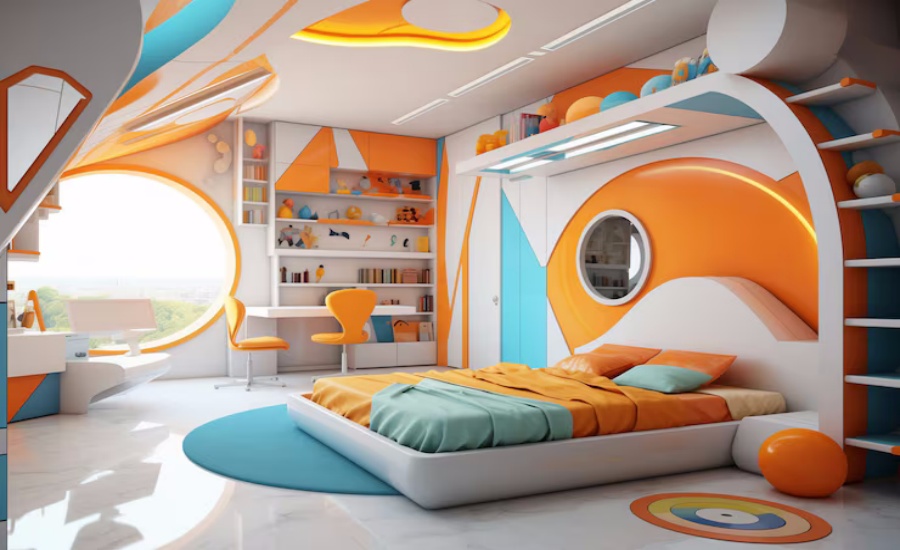
Incorporating interactive elements into children’s decorations can also enhance the overall experience of the room. Items such as chalkboard walls, magnetic boards, or art corners encourage creativity and provide opportunities for self-expression. These interactive features not only make the room more engaging but also promote learning and development. By integrating playful elements, parents can inspire children to explore their interests and talents.
Accessories are an essential part of children’s decorations that can elevate the room’s aesthetic. Decorative pillows, throws, and plush toys can add texture and warmth, making the space feel cozy and inviting. Additionally, incorporating themed accessories that align with the child’s interests can create a cohesive look throughout the room. These finishing touches not only enhance the decor but also contribute to a sense of comfort and belonging.
Lastly, children’s decorations should be adaptable to accommodate the child’s growth and changing tastes. Choosing versatile pieces that can evolve with the child ensures that the room remains relevant and enjoyable over time. For example, selecting neutral furniture and adding colorful decorations allows for easy updates as the child matures. This flexibility is key in creating a space that continues to inspire and delight.
Children’s decorations are essential for creating a dynamic and engaging home decor. By focusing on personalization, functionality, safety, color, interactivity, and adaptability, parents can craft a delightful environment that nurtures creativity and supports the child’s development. Thoughtfully chosen decorations not only enhance the aesthetic appeal of the room but also foster a sense of belonging and joy that enriches the child’s everyday experiences.

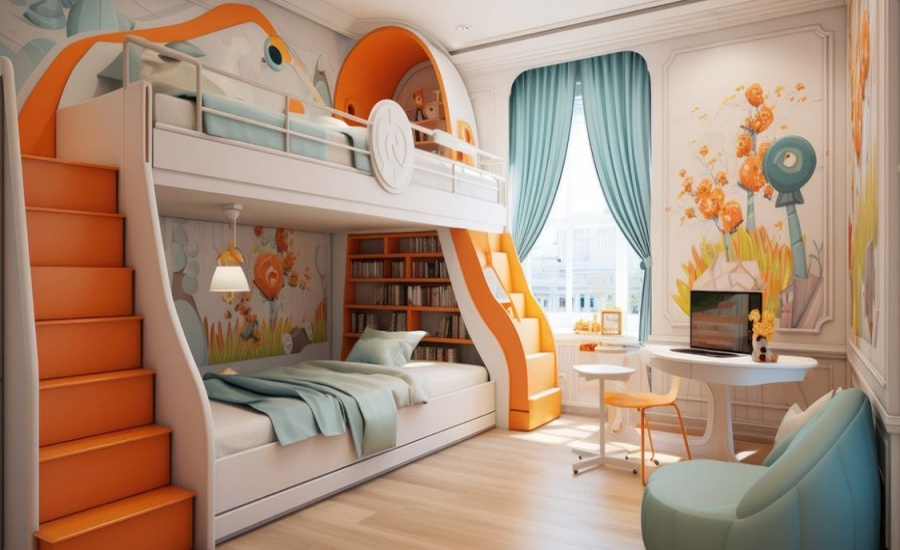
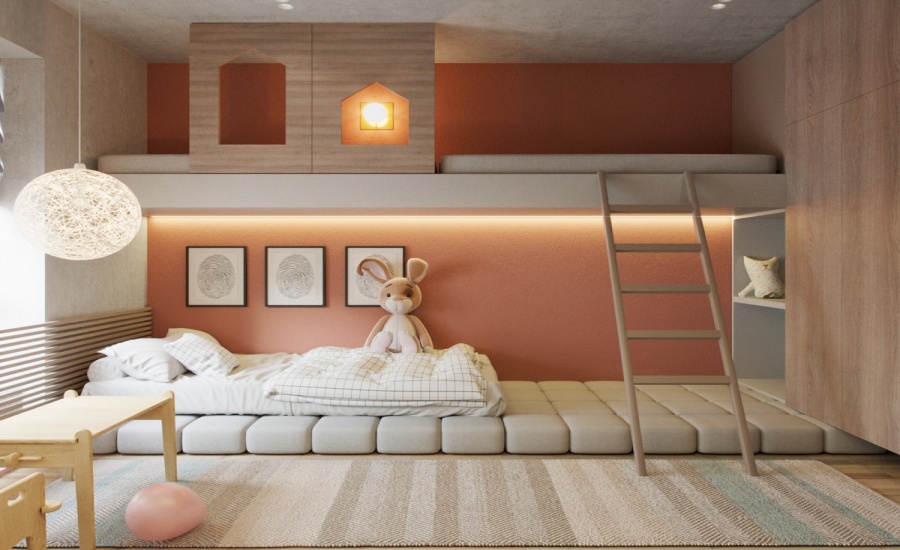
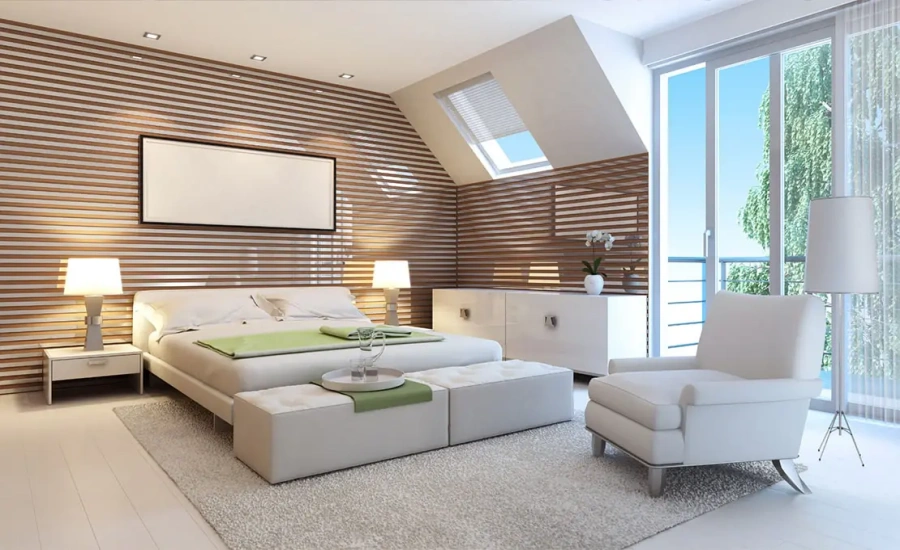

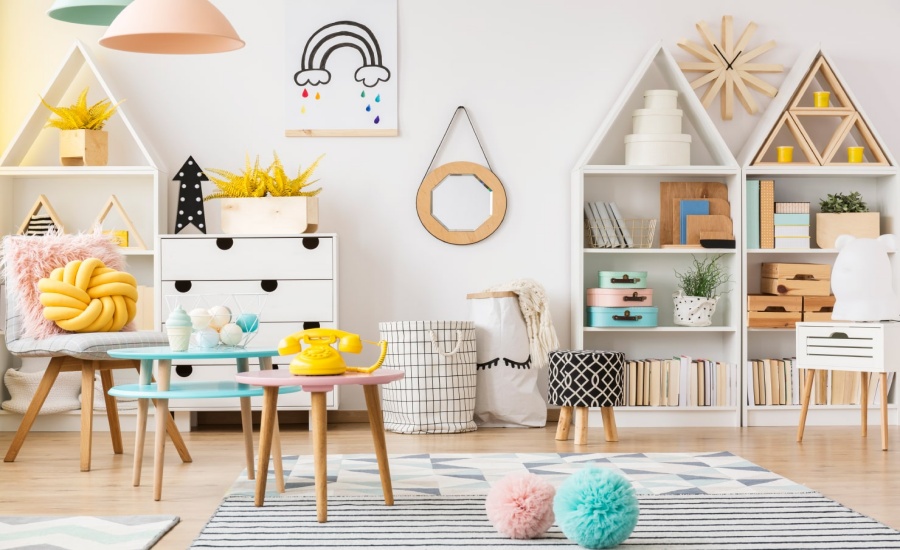
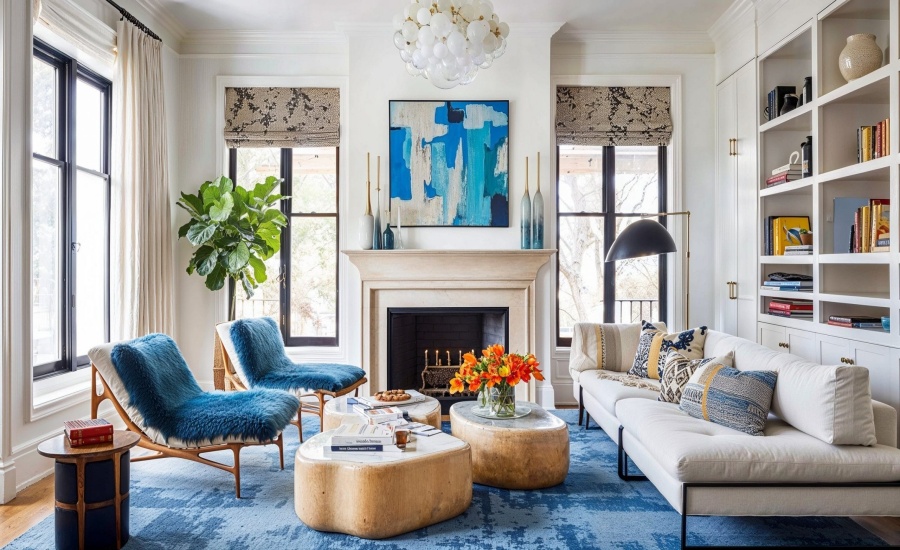
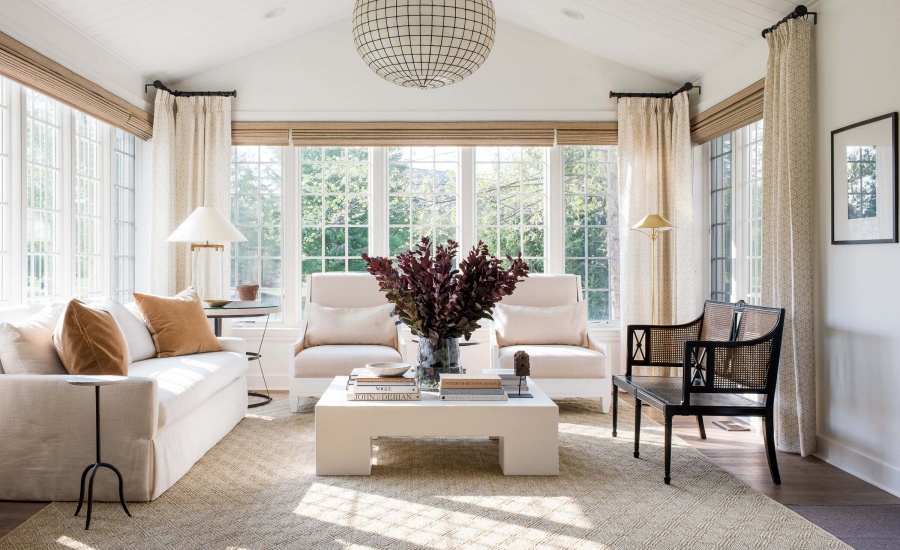


Leave a Reply